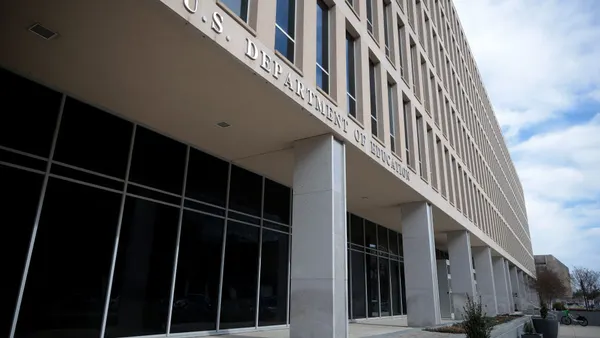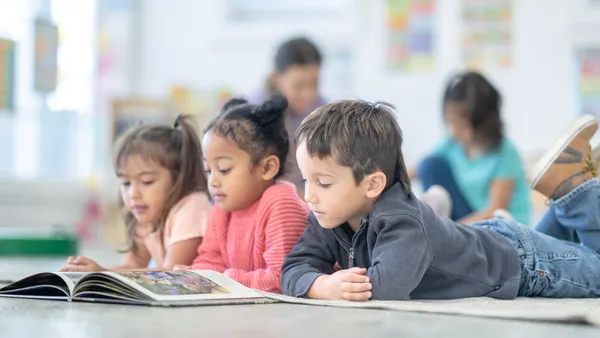Dive Brief:
- Successful collaboration requires some thoughtful planning, which educators can put into play as they work together at school sites and across districts, former kindergarten teacher, coach and principal supervisor James Hilton Harrell writes for Edutopia, suggesting a few useful tools.
- While Hilton Harrell's tools are geared toward improving teacher collaboration, they can also strengthen efforts between students in group projects. To start, groups at the outset can draft a team charter — the mission and vision statement so to speak — which they can return to over time to ensure they’re staying focused on their priorities.
- Assigning someone from the group to observe meetings can also help groups find patterns that are not useful or even inequitable. Finally, team members should try to listen to and hear other points of view, and even take a moment to reflect on their own potential stumbling blocks to ensure teams support and respect each other.
Dive Insight:
Project-based learning (PBL) is not only a useful skill students can use while in school, but also later in life. Knowing how to constructively and respectfully collaborate when focused on a common goal is a valuable soft skill, and a tool many employers are looking for in new hires.
To successfully teach students to work together, however, educators sometimes need help guiding students through the process. While that can require extra effort from educators — and even some additional training — the payoffs can be vibrant: Successful project-based learning projects can help students learn to self-regulate and self-manage.
One tool educators can bring to the classroom to support successful PBL adoption among students is reflective discussions, which ask them to consider what they’re reading, learning or studying and sharing with each other respectfully.
In a 2019 study published in the “International Journal of Science and Mathematics Education,” researchers followed students in their last year of primary school, finding reflective discussions “deepened self-knowledge and promoted competence building,” the authors wrote. This practice also improved participation among students in the classroom.












